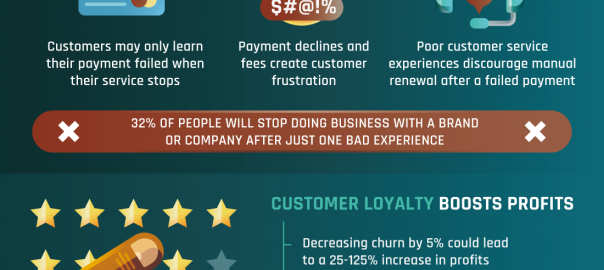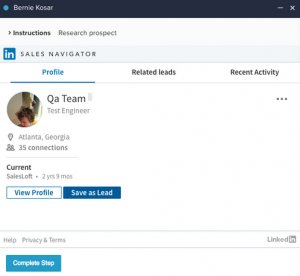Running a business is hard work, and it’s even harder when there are multiple working parts to your business that need to be constantly monitored. It’s no wonder when things fall off the radar – small business owners have to wear a lot of hats and often only the most pressing issues are the ones that get attention. If your business deals with recurring payments, having those repeat customers is a lifeline that stabilizes your business. But when recurring payments fall off it’s often a difficult and time-consuming process to chase after those failed payments, which can destabilize your whole business.
In the United States, customer churn costs businesses $ 136 billion per year, and 34% of that is because of involuntary churn and failed payments. There are a lot of reasons why these issues could occur. If a customer moves, changes banks or accounts, or even has a fraud alert placed on their accounts it could trigger a failed payment.
Especially in these difficult economic times, low funds, evictions, and other issues can also lead to failed payments, and when your business is an essential service it’s crucial to reach out to those customers and see how you can help them maintain those services.
43% of businesses say that customer service interventions to address failed payments are too costly. One reason why this could be true is because that’s not the traditional role of customer service, and such transactions are more complicated than normal customer service functions.
In business, it’s always smart to get help from those who know a field better than you do – part of success is knowing your own limitations. It costs five times more to attract new customers than it does to retain current ones, and getting help from someone who specializes in customer retention can help keep your business afloat.
Learn more about reducing customer churn while gaining customer confidence from the infographic below.
![Reducing Involuntary Customer Churn [Infographic] Reducing Involuntary Customer Churn [Infographic]](https://www.onlinesalesguidetip.com/wp-content/uploads/2020/10/Reducing-Involuntary-Customer-Churn-Infographic.png)
Infographic source: Gravy
Digital & Social Articles on Business 2 Community
(70)






